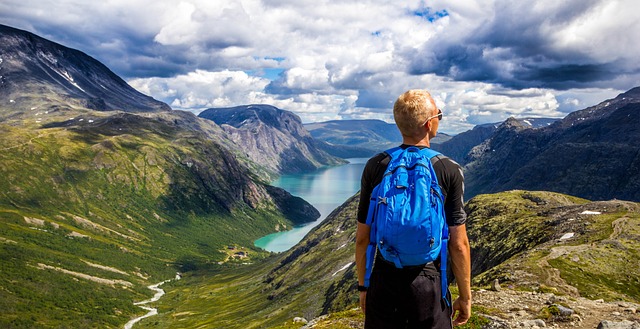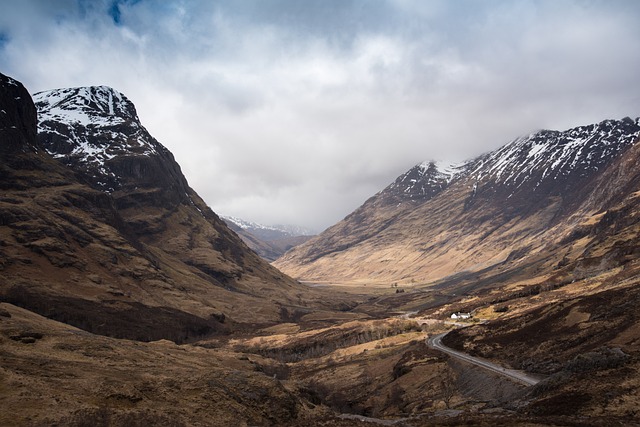Family parks and community centers are essential drivers for neighborhood well-being, social connections, and real estate growth. These spaces foster engagement, create a sense of belonging, and enhance property values through diverse programs catering to all ages. For developers and urban planners, integrating or revitalizing these amenities is key to creating desirable, inclusive spaces that attract families and contribute to the long-term success of neighborhoods, thereby boosting the local real estate market.
“Explore the transformative power of family parks and community centers in urban development. These green spaces and recreational hubs play a pivotal role in enhancing neighborhood dynamics and real estate value. In this article, we delve into the multifaceted benefits of such facilities, from fostering social cohesion to driving local economic growth. Discover how well-designed parks and community centers can revolutionize urban landscapes, making cities more livable and attractive for residents and investors alike.”
The Role of Family Parks in Community Development: How Real Estate Can Thrive

Family parks and community centers play a pivotal role in the holistic development of any neighborhood or region. They serve as central hubs where families, friends, and neighbors converge, fostering social cohesion and strengthening community bonds. In addition to providing recreational spaces for residents of all ages, these amenities contribute significantly to real estate growth and stability.
The presence of well-maintained family parks and vibrant community centers can dramatically enhance the appeal of an area, increasing property values and attracting prospective buyers or tenants. These spaces become catalysts for neighborhood engagement, encouraging outdoor activities, social interactions, and a sense of belonging. As such, they not only enrich the quality of life for current residents but also position real estate in the region as desirable investments, driving economic vitality and sustainable community development.
Community Centers: A Hub for Social Interaction and Growth Opportunities

Community centers serve as vibrant hubs in any neighborhood, fostering social connections and providing a diverse range of opportunities for personal growth. These spaces are designed to cater to all ages and interests, offering activities from fitness classes and workshops to after-school programs and community events. In today’s fast-paced world, where real estate often takes center stage, community centers play a crucial role in creating cohesive and thriving communities. They provide a place for residents to gather, build relationships, and access resources that enhance their overall well-being.
With various amenities and programs, community centers encourage intergenerational interactions, fostering a sense of belonging and mutual support. Moreover, they can be invaluable assets for real estate developers and urban planners. By integrating community centers into new residential areas or revitalizing existing ones, developers can create desirable, inclusive spaces that attract families and contribute to the long-term success and livability of the neighborhood.
Integrating Green Spaces and Recreational Facilities: Enhancing Urban Landscapes

In urban areas, integrating green spaces and recreational facilities is a game-changer in real estate development. Parks and community centers act as vibrant hubs that transform cities into lively, desirable places to live. These green oases not only provide essential breathing space but also contribute significantly to residents’ quality of life. They foster a sense of community, encourage outdoor activities, and offer a respite from the hustle and bustle of urban life.
Well-designed recreational facilities, such as playgrounds, sports courts, and walking paths, attract families and promote healthy lifestyles. In terms of real estate value, areas with ample green spaces often experience higher property prices due to their desirability among buyers. As cities continue to grow, strategically incorporating these essential elements into urban landscapes is crucial for creating sustainable, thriving communities.






